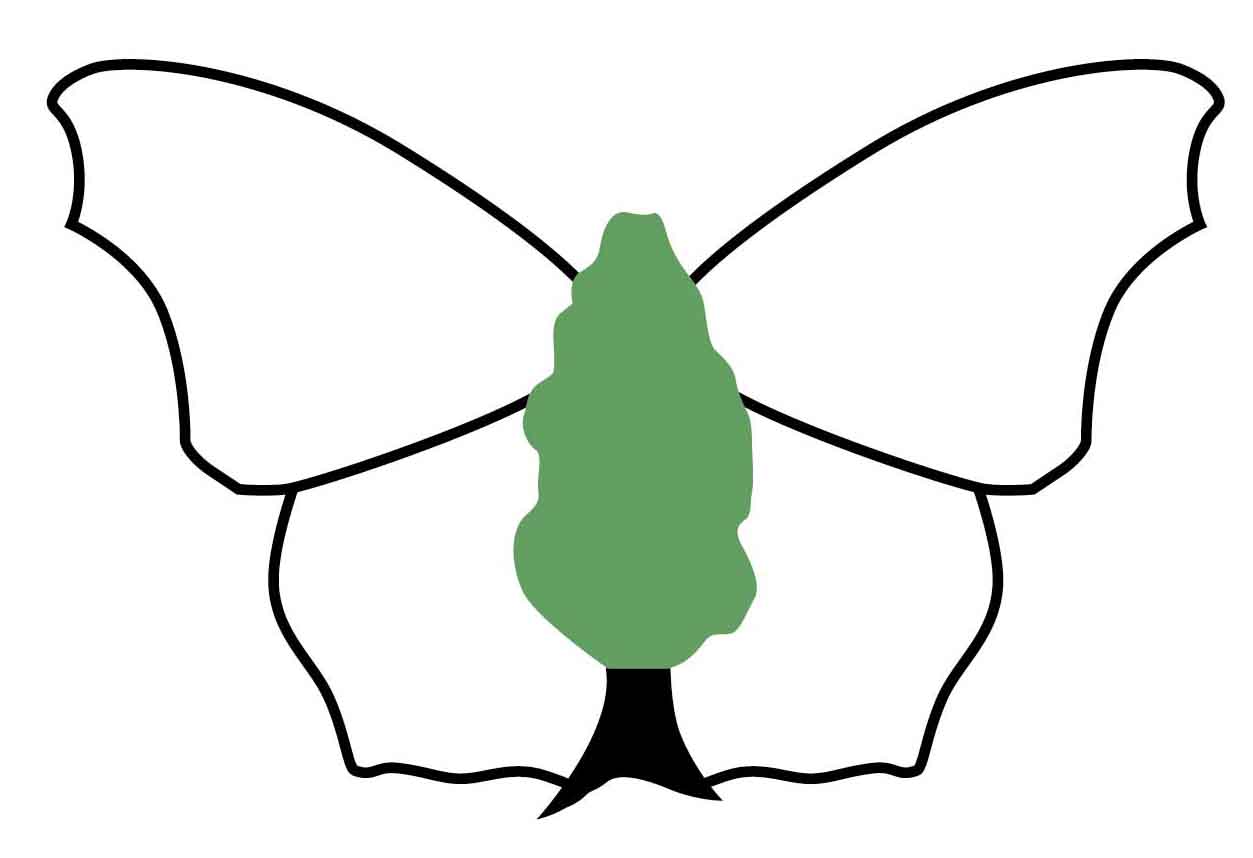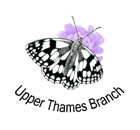 | Butterfly Conservation Saving butterflies, moths and our environment | Upper Thames Branch |  |
Holtspur Bottom Butterfly Reserve |
| Introduction History Management What you might see Directions How you could help Reserve Leaflet |
How the reserve is managed |
 Butterflies and other insects have very particular requirements when it comes to the kind of habitats they are attracted to, and where they
can breed successfully. Holtspur Bottom is managed carefully to try to provide suitable habitat for the largest number of butterflies possible. Butterflies and other insects have very particular requirements when it comes to the kind of habitats they are attracted to, and where they
can breed successfully. Holtspur Bottom is managed carefully to try to provide suitable habitat for the largest number of butterflies possible. The meadows are classic chalk grassland, and are attractive for species such as the Large, Small and Essex Skipper, Common, Small and Chalk Hill Blue, and Marbled White butterflies. In order to ensure that the wild flowers that are so attractive to butterflies and other insects are not overwhelmed by the more vigorous, coarser grasses, nutrient levels in the soil have to be kept as low as possible. To do this, we have adopted a traditional management plan of cutting and grazing. Plants are allowed to flower and set seed in the summer, before the meadow is cut and the hay removed (so that it doesn't rot down and increase the nutrient levels). Finally, sheep graze the reserve over the winter, to get rid of any coarser grasses that are left. The other major management task is the annual removal of ragwort. Common ragwort has been an ongoing problem at Holtspur Bottom since we took over management of the reserve. Volunteers are always welcome to help control the spread of this plant! |
| In the top meadow the topsoil has been scraped away to expose the underlying chalk. There are three such scrapes. Many invertebrates rely on having bare soil to complete their life cycle, and so these scrapes offer an ideal habitat. Because they are south facing, and sheltered by the soil piled up behind them, they warm quickly, and so are very attractive to butterflies and other insects. We have planted Horseshoe Vetch and Kidney Vetch here, the larval foodplants for the Chalk Hill Blue and Small Blue butterflies, and we have been successful in attracting both butterflies to breed on the reserve. When sheep are grazing a couple of areas in one of the meadows are surrounded by plastic fencing. This is because the sheep would rather eat the vetches than coarser grasses. Since it is also one of the warmest areas of the reserve, in the past sheep have congregated here to sleep and then defecate. The droppings tend to enrich the soil over time, and encourage the kinds of vigorous plants we are trying to discourage. |
| Triangle Bank is the largely north-facing slope between the entrance area, and the main meadow area of the reserve. There is a shelter belt of trees here, together with some rough grassland. As far as we are aware, it has never been improved for agricultural purposes. It is traditionally the area where we have winter bonfires, to burn scrub cleared from the rest of the site. Ash from the bonfires tends to enrich the soil, and in summer there are large patches of nettles growing at the bottom of Triangle Bank, as well as in the entrance area itself. The nettles are the larval foodplant for a number of our native butterflies, such as the Comma, Peacock, Red Admiral, and Small Tortoiseshell, and so provide suitable habitat for species that could not breed on the chalk grassland meadows. |
| At the entrance to the reserve there is a south-facing slope, planted with violets to try to attract the Dark Green Fritillary butterfly. There are records of this butterfly in the Holtspur Valley, but no reported sightings at Holtspur Bottom in recent years. During the summer months, there are see large patches of nettles in this area, where it joins Triangle Bank. There are also seven disease-resistant Elm trees that were planted a few years ago. These are the larval foodplant of the White-letter Hairstreak. The wild privet that was lost from this area has been replaced. This a favourite nectar source of the adult White-letter Hairstreak, which is listed as a Priority Species on the UK Biodiversity Action Plan (UK BAP). There is also an Oak tree in this area, that was planted in memory of Rob Larkin, who did so much for the Holtspur Bottom Reserve in the early years. |
 As well as keeping the footpath clear for walkers, we have created "scallops" along the length of this path. These are small areas where
the scrub is cut back to create sheltered spaces for butterflies. As they are south-facing, these areas are quick to warm up,
and even very early in the season, you may spot butterflies sheltering here. Larvae will also develop much faster here than in
colder parts of the reserve and the freshly cleared ground will receive more light which should encourage the germination of
flower seeds. As well as keeping the footpath clear for walkers, we have created "scallops" along the length of this path. These are small areas where
the scrub is cut back to create sheltered spaces for butterflies. As they are south-facing, these areas are quick to warm up,
and even very early in the season, you may spot butterflies sheltering here. Larvae will also develop much faster here than in
colder parts of the reserve and the freshly cleared ground will receive more light which should encourage the germination of
flower seeds. Apart from occasional cutting, some of the other areas of the reserve, such as the perimeter paths, receive minimal management, to allow the insect species that prefer longer grasses to thrive. Although these areas may appear untidy, they represent a valuable habitat in their own right for many insects, including the increasingly scarce Glow-worm. |
Copyright © Butterfly Conservation Upper Thames Branch 2025
Privacy and Copyright Statement
Butterfly Conservation : Company limited by guarantee, registered in England (2206468)
Registered Office: Manor Yard, East Lulworth, Wareham, Dorset, BH20 5QP, Tel: 01929 400 209
Charity registered in England & Wales (254937) and in Scotland (SCO39268)
Privacy and Copyright Statement
Butterfly Conservation : Company limited by guarantee, registered in England (2206468)
Registered Office: Manor Yard, East Lulworth, Wareham, Dorset, BH20 5QP, Tel: 01929 400 209
Charity registered in England & Wales (254937) and in Scotland (SCO39268)
